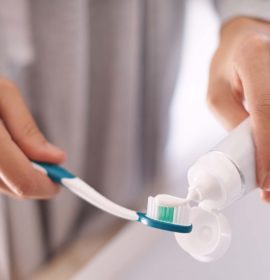
Is that Cracked Fillings are your problem ?
Uncategorized
Both amalgam and composite fillings can crack, either soon after they are placed or after the fillings have been in place for some time.
Cracks can occur soon after a filling is placed if the filling is higher than the rest of the tooth surface, and must bear most of the force of biting. Cracks also can occur over time, as the forces from chewing and biting affect the filling and the restored tooth.
Small cracks also can occur at the edges of a filling. These usually are caused by wear over time. These cracks often can be repaired.
Leaking Fillings can cause problems in daily life..
A filling is said to be leaking when the side of the filling doesn’t fit tightly against the tooth. Debris and saliva can seep down between the filling and the tooth. This can lead to decay, discoloration or sensitivity.
Both amalgam and composite fillings can leak. An amalgam filling sometimes leaks slightly after it is placed. You would notice this as sensitivity to cold. This sensitivity decreases for the next two to three weeks. Then it disappears altogether. Over that period, the amalgam filling naturally corrodes. The corrosion seals the edges of the filling and stops any leaks.
A composite filling could be contaminated with saliva. This would weaken the bond between the filling and the tooth and allow for leaks. Other times, there may be small gaps where the tooth and filling meet. These gaps are caused by shrinkage when your dentist places the filling. Sensitivity after receiving a composite filling may disappear over time. If it doesn’t, the filling may need to be replaced.
Fillings also can leak as a result of wear over time. These fillings should be replaced.





